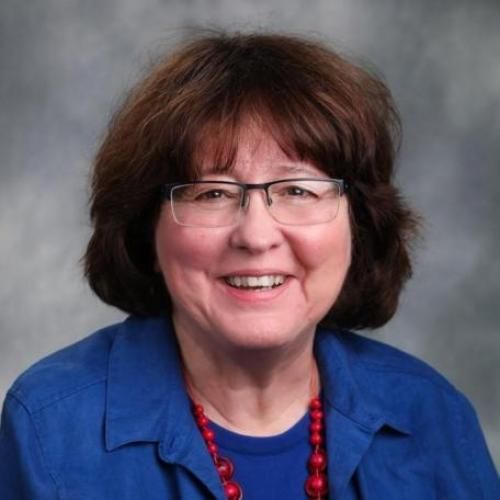
Interaction of NG2(+) glial progenitors and microglia/macrophages from the injured spinal cord.
Spinal cord contusion produces a central lesion surrounded by a peripheral rim of residual white matter. Despite stimulation of NG2(+) progenitor cell proliferation, the lesion remains devoid of normal glia chronically after spinal cord injury (SCI). To investigate potential cell-cell interactions of the predominant cells in the lesion at 3 days after injury, we used magnetic activated cell sorting to purify NG2(+) progenitors and OX42(+) microglia/macrophages from contused rat spinal cord. Purified NG2(+) cells from the injured cord grew into spherical masses when cultured in defined medium with FGF2 plus GGF2. The purified OX42(+) cells did not form spheroids and significantly reduced sphere growth by NG2(+) cells in co-cultures. Conditioned medium from these OX42(+) cells, unlike that from normal peritoneal macrophages or astrocytes also inhibited growth of NG2(+) cells, suggesting inhibition by secreted factors. Expression analysis of freshly purified OX42(+) cells for a panel of six genes for secreted factors showed expression of several that could contribute to inhibition of NG2(+) cells. Further, the pattern of expression of four of these, TNFalpha, TSP1, TIMP1, MMP9, in sequential coronal tissue segments from a 2 cm length of cord centered on the injury epicenter correlated with the expression of Iba1, a marker gene for OX42(+) cells, strongly suggesting a potential regional influence by activated microglia/macrophages on NG2(+) cells in vivo after SCI. Thus, the nonreplacement of lost glial cells in the central lesion zone may involve, at least in part, inhibitory factors produced by microglia/macrophages that are concentrated within the lesion.
Duke Scholars
Published In
DOI
EISSN
Publication Date
Volume
Issue
Start / End Page
Location
Related Subject Headings
- Tumor Necrosis Factor-alpha
- Tissue Inhibitor of Metalloproteinase-1
- Thrombospondin 1
- Stem Cells
- Spinal Cord Injuries
- Rats
- Proteoglycans
- Neurology & Neurosurgery
- Neuroglia
- Microglia
Citation

Published In
DOI
EISSN
Publication Date
Volume
Issue
Start / End Page
Location
Related Subject Headings
- Tumor Necrosis Factor-alpha
- Tissue Inhibitor of Metalloproteinase-1
- Thrombospondin 1
- Stem Cells
- Spinal Cord Injuries
- Rats
- Proteoglycans
- Neurology & Neurosurgery
- Neuroglia
- Microglia

